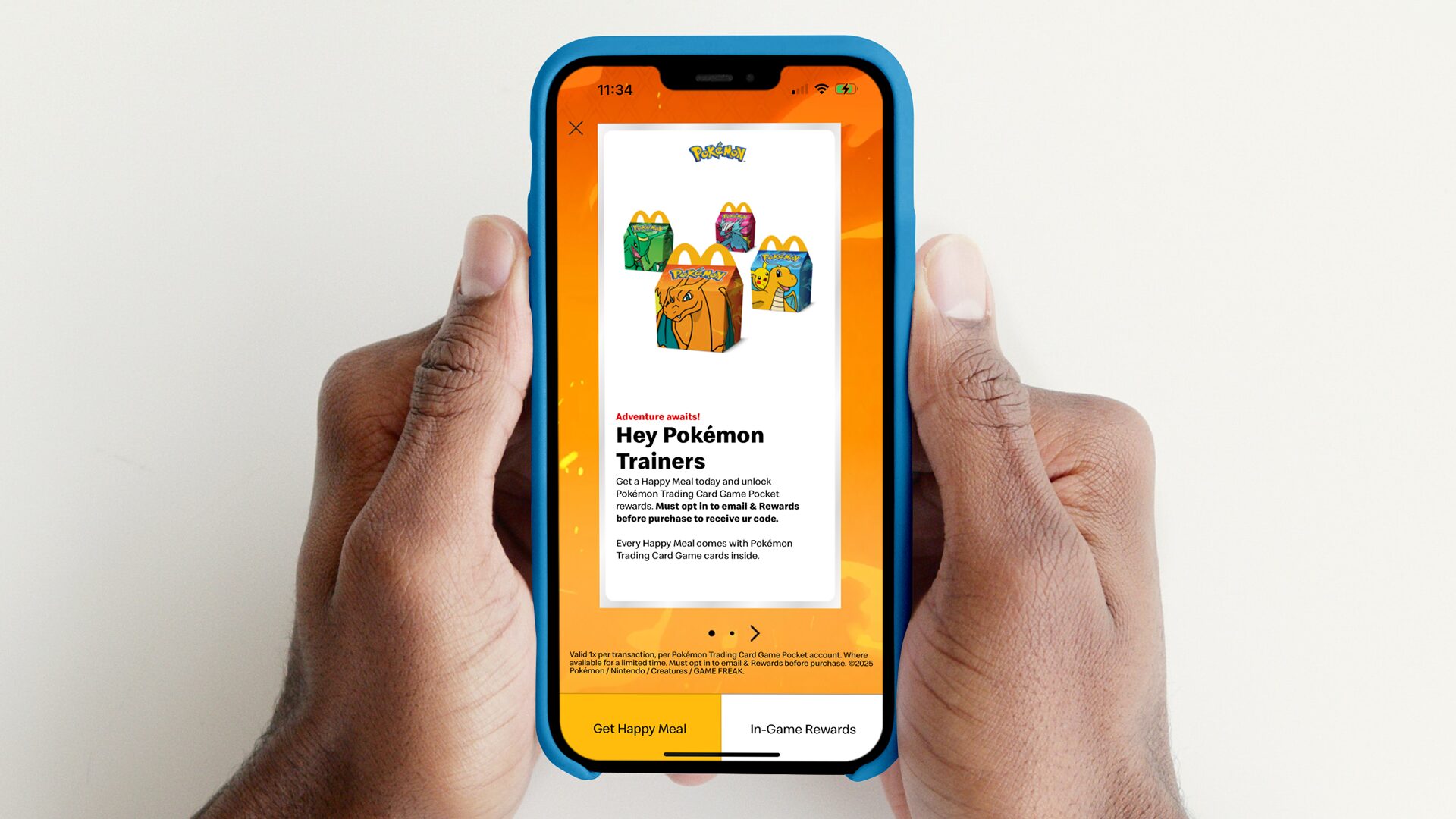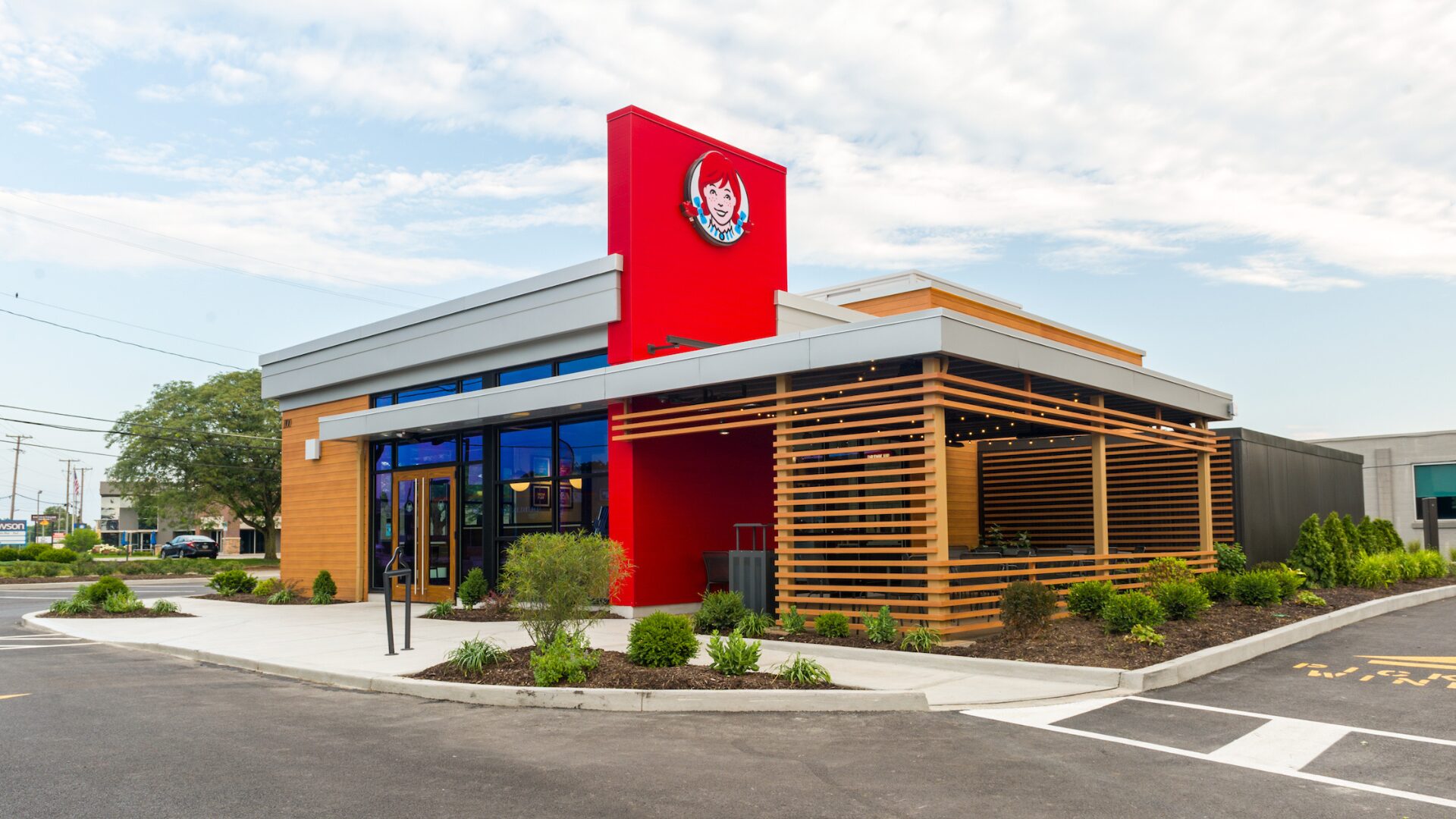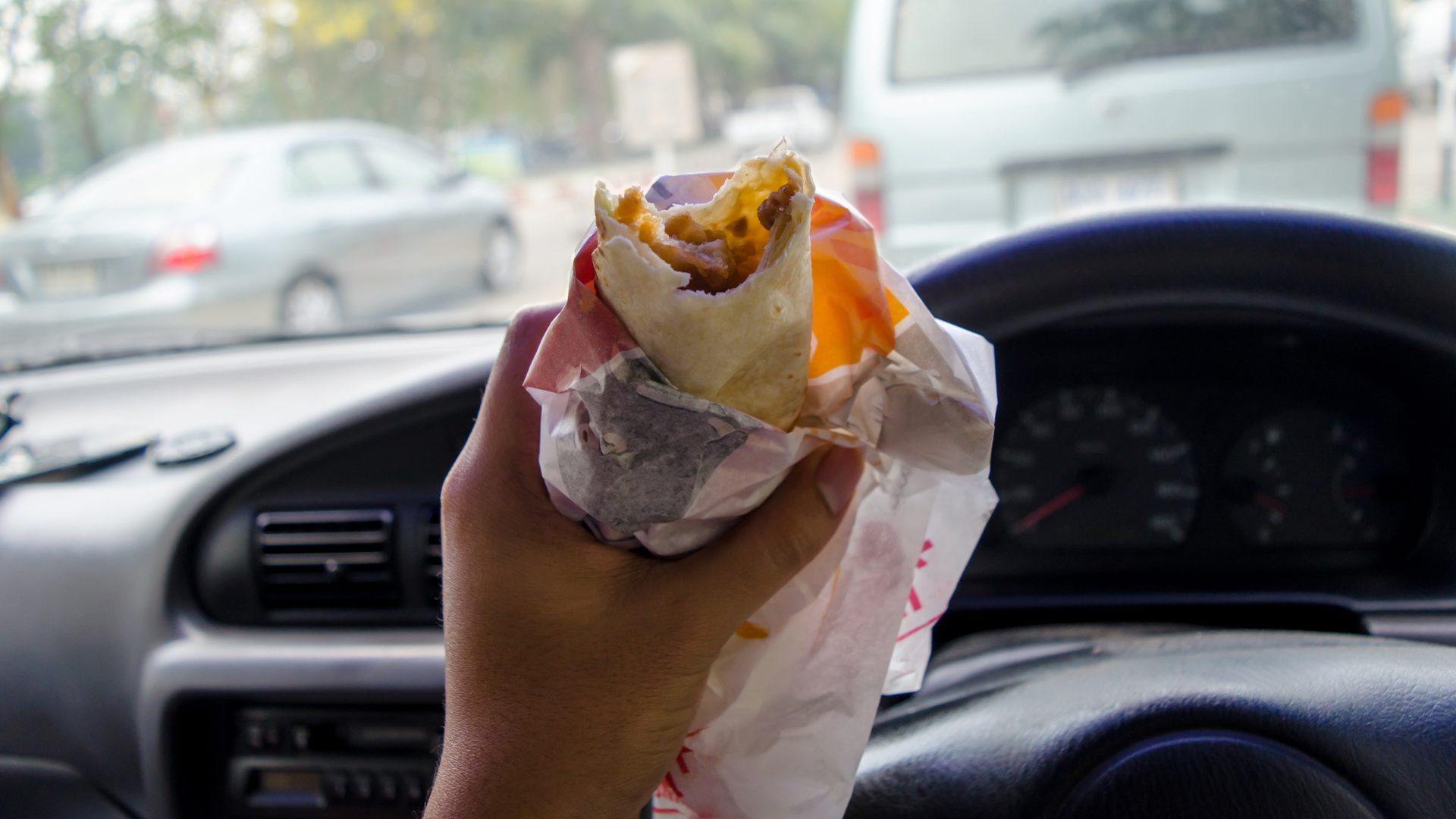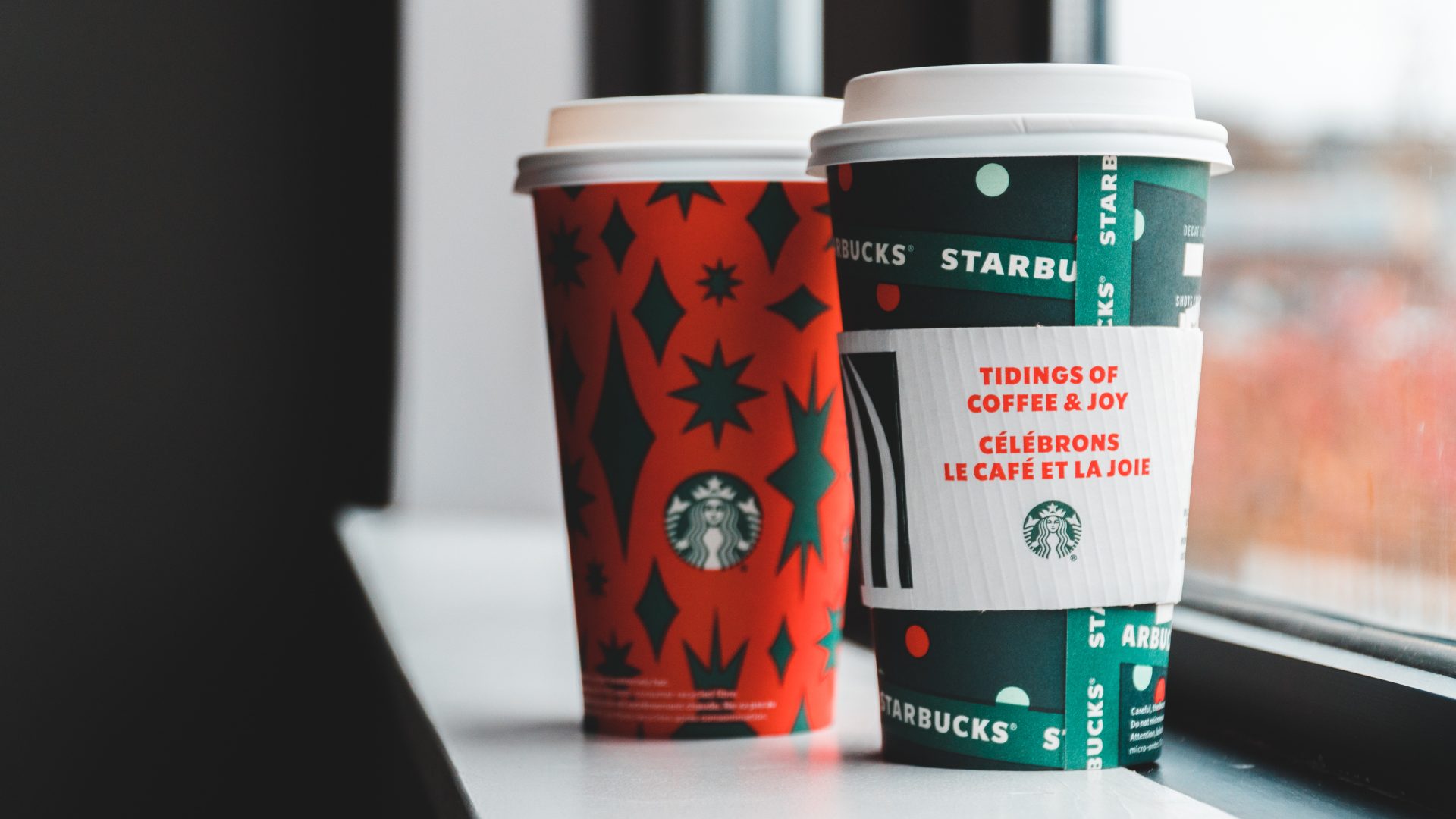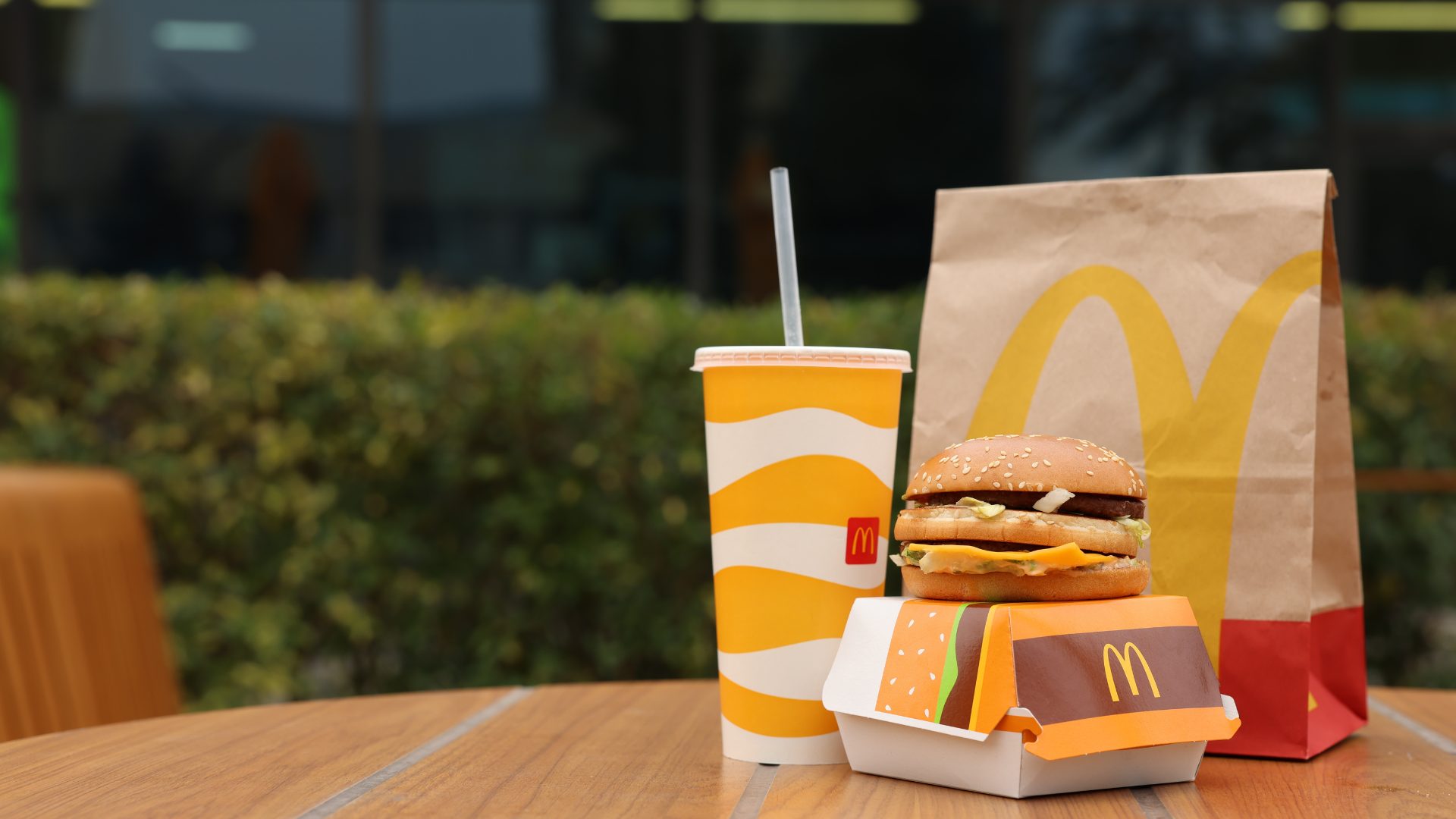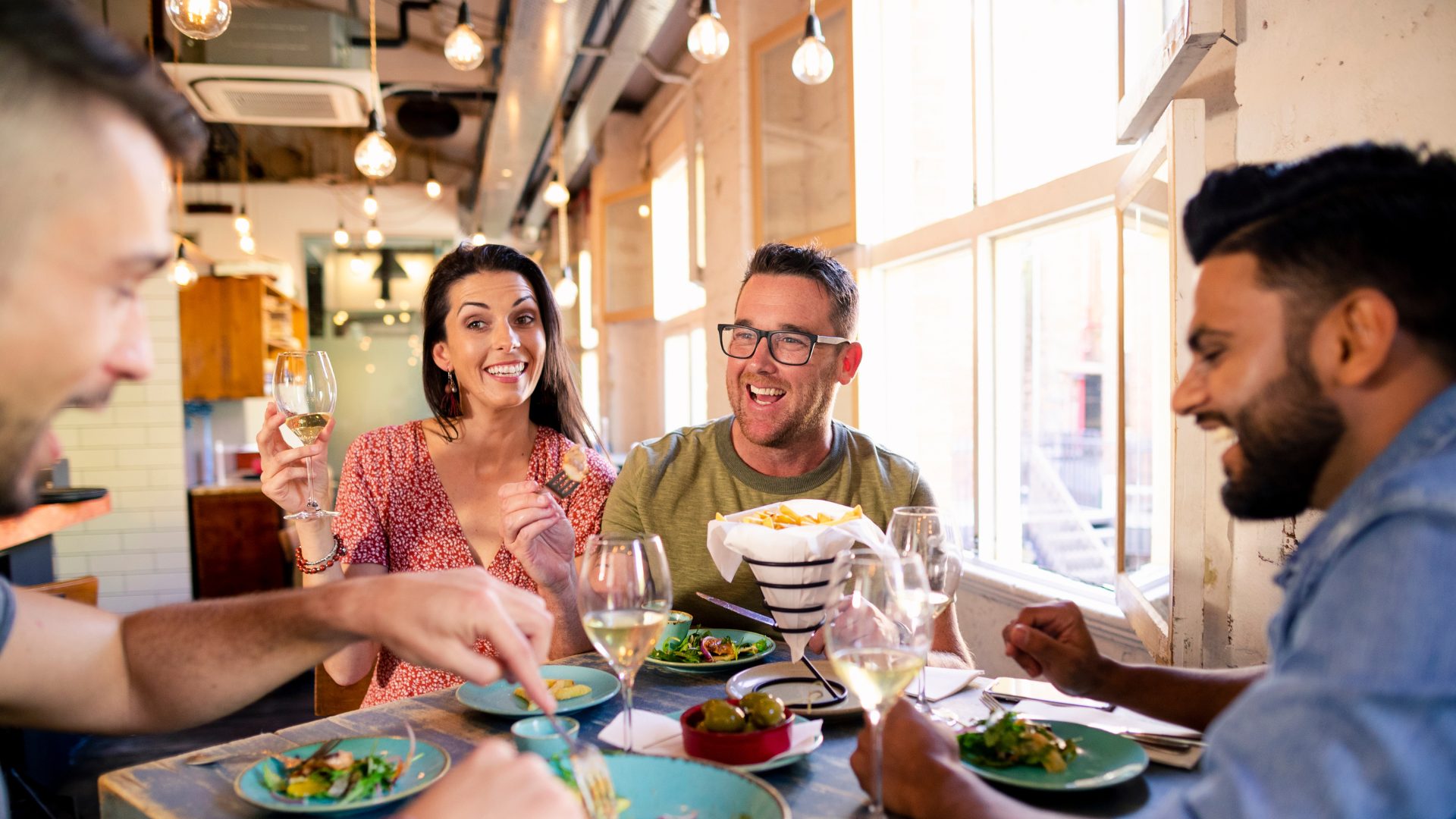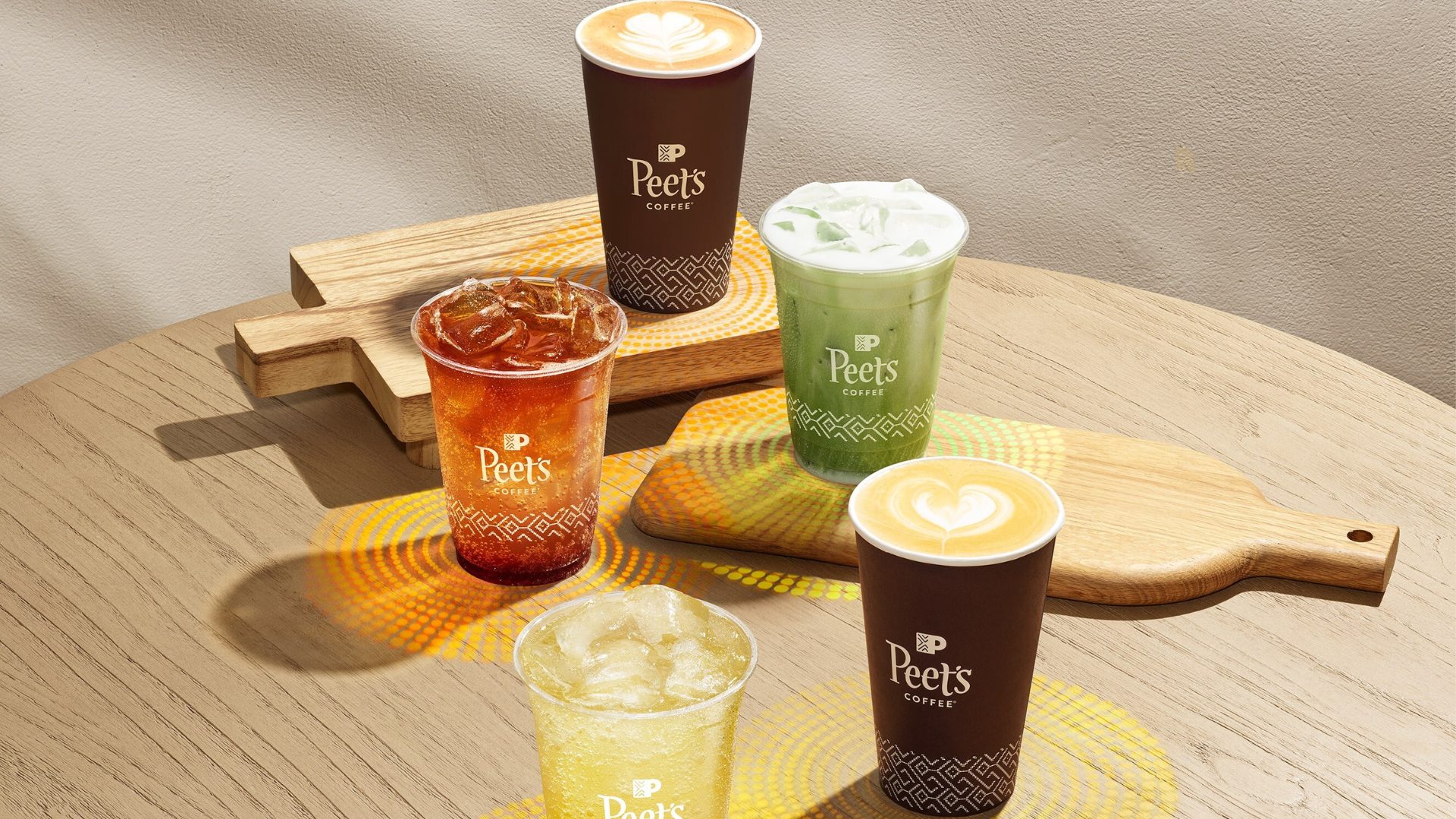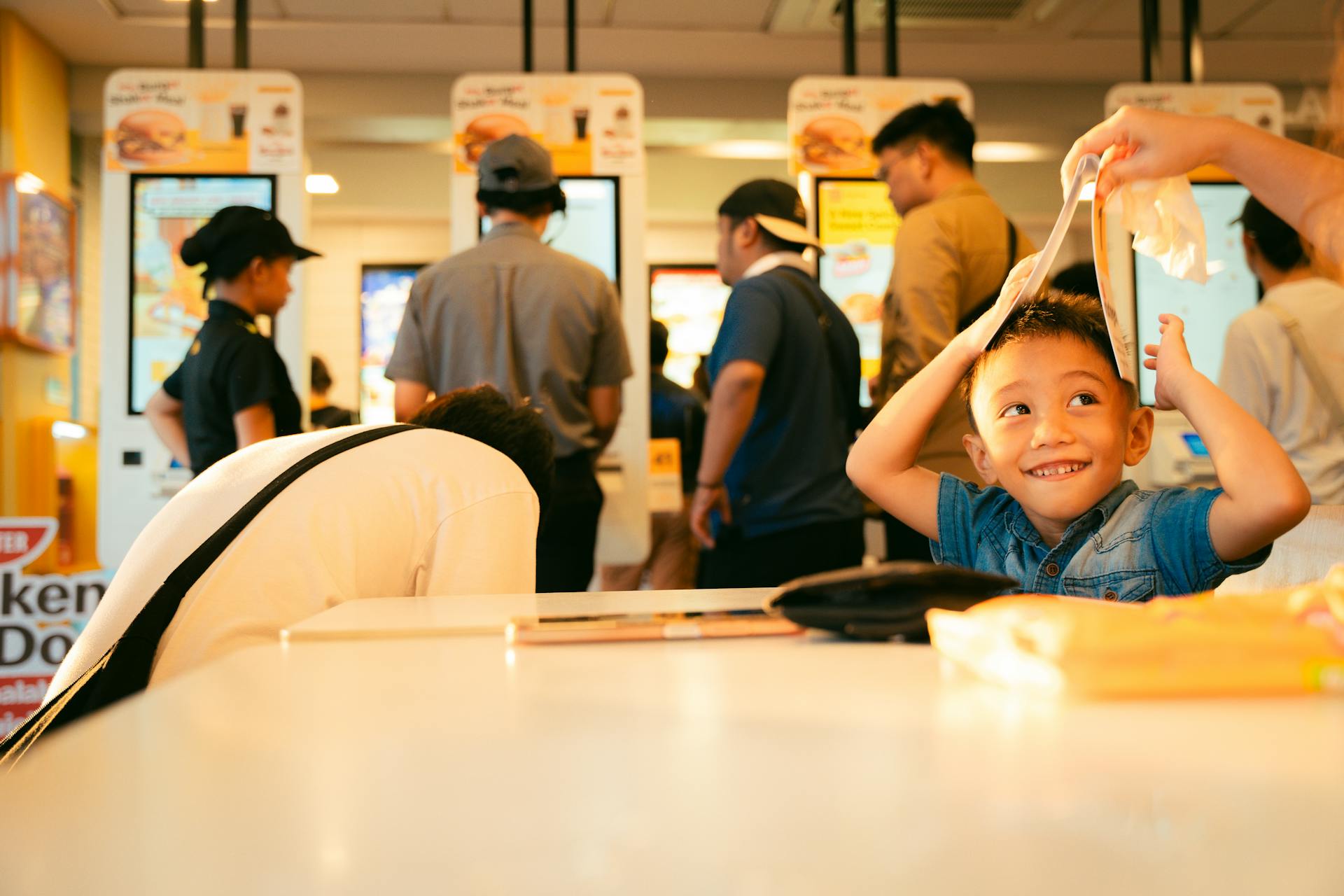Gamification, or the strategy of adding game-like elements to tasks or activities to boost engagement, has made its way into restaurant loyalty programs recently – and it’s more than a passing trend.
Seven out of 10 loyalty program owners believe the benefits outweigh the costs, with 76% planning to leverage the tactic in their programs within the next two years, according to Antavo.
“Gamification doesn’t just refer to games in an app; it can be as simple as a visitation challenge during an LTO, which will likely cost very little, whereas programs centered around technology integrations or various external brand partnerships will cost more,” said Julia Bigwood, Manager of Restaurant Strategy & Analytics for Paytronix, which also identified gamified loyalty programs as a 2025 trend to watch.
Bigwood and other experts shared several tips and tactics with FI for restaurants looking to gamify their own programs.
Points and Tiers
Most gamified programs leverage some form of points. Starbucks offers “Stars” for purchases – but the quantity depends on the payment method used for the transaction. For example, members who pay with cash or debit/credit cards receive one Star per $1 spent, while those who pay with Starbucks Visa Credit Cards earn three.
“Gamification works on two levels of engagement and retention, which is why it’s so compelling,” said Ingrid Sierra, CMO at Finfare. “It works by offering short-term rewards that drive frequency of usage, and when built correctly.
“[Gamification] drives long-term retention by providing opportunities to progress to a higher level of prizes or status.”
And these higher tiers can be highly motivating. Dunkin’ Rewards, for instance, honors its most diehard members with “Boosted Status.”
“A sense of progression can make people feel like they’re achieving something for their investments. As they advance through higher levels, ensure there are opportunities with each new tier to offer increasingly valuable benefits and rewards,” said James Berry, Loyalty Program Expert & Managing Director at Valuedynamx.
Badges and Leaderboards
Many loyalty programs also dole out badges for various milestones.
“Consider customizing badges for different accomplishments with quippy names, creative designs, and a personal touch sure to increase customers’ sense of achievement,” Berry said.
For example, Jimmy John’s offers “The Gauntlet” badge to members who purchase all 25 sandwiches on the menu within a certain timeframe, while other badges are tied to streaks.
“Gamification has an impact on behavior due to the reward it gives the user in the immediate. This also leans into cognitive biases that change our behaviors accordingly, like our need to be consistent and keep streaks,” said Reilly Newman, founder of Motif Brands.
And when leaderboards are involved, interactions become even more rewarding. “The social aspect fosters a sense of belonging and loyalty as users are more likely to stay engaged when their friends and network are involved,” added Sierra.
Interactive Experiences
For some brands, badges and leaderboards barely scratch the surface.
“Gamification works best when you actually use video games. … It’s about tapping into games people already love,” said John Higgins, CEO of OS Studios.
The games don’t necessarily have to be digital, either. Take McDonald’s Monopoly, one of the earliest uses of gamification in the restaurant sector. More recently, the chain has begun offering free Pokémon cards and stickers with Happy Meals.
“Gamification has also become a really powerful engagement tool to encourage trial and repeat purchases,” said Robert Parker, Creative Director at BRIGADE Branding.
Next-Level Tips
Although gamification is all the rage for restaurants right now, Bigwood advises restaurants to think carefully before integrating it into their loyalty programs and provided these tips:
- Set goals: Reflect on what you are trying to achieve and what resources you have
- Be intentional: “Don’t bring in gamification just for the sake of it,” Bigwood said. “Think about what types of behavior you want to promote and how your customers will respond.”
- Be prepared: Craft a plan that will bring about your desired change
Above all else, ensure gamification strategies are on-brand and resonate with target audiences. If a restaurant’s customer base skews older, for example, in-app or high-tech executions may end up delivering more frustration than value.
The Food Institute Podcast
Amid inflation, restaurants need to get more creative to help bring customers through the door. What exactly can they do to improve traffic? André Moraes of PepsiCo Digital Lab shares how experiences, microinfluencers, and the Local Eats program can help propel restaurants in 2025.


